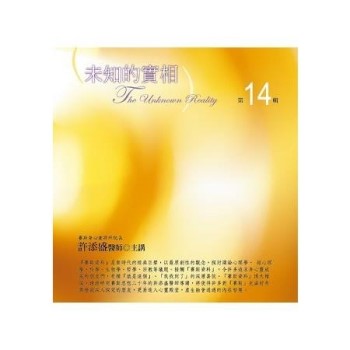Nipissing from Brule to Booth focuses early Canadian history onto an area that stretches from the confluence of the Mattawa and Ottawa Rivers, up the Mattawa River to Trout Lake, over the La Vase portages (the height of land), across Lake Nipissing and down the French River to its mouth at Georgian Bay. Considered by many as one of the finest recreation areas in Ontario, North Bay straddles the height of land between Lake Nipissing, drained by the French River as it cuts its way through the Precambrian Shield, and Trout Lake, drained by the Mattawa River, which cuts through the Shield in the opposite direction. This route played an important role in the discovery of Canada, a transportation artery for its riches. It was used continuously during the seventeenth, eighteenth and nineteenth centuries by explorers, fur traders, missionaries and lumbermen. It considers this historically significant conduit from its geological origins through an examination of the social and cultural behaviour of its indigenous peoples, the Nipissings, to the early European explorers and finally, with the early Lumberman; a survey of the early years in the Nipissing area, in the years before the white settlement began in earnest. The research for this book was done almost entirely from the original source materials in The Jesuit Relations and the personal diaries of various explorers. The Jesuit Relations is a collection of letters and reports sent home to the Father Provincial in France by the Jesuit Missionaries in New France spanning the period from 1605 to 1795.
| FindBook |
有 1 項符合
Nipissing from Brule to Booth的圖書 |
 |
Nipissing from Brule to Booth 作者:Leatherdale 出版社:Trafford Publishing 出版日期:2010-05-25 語言:英文 規格:平裝 / 188頁 / 23.6 x 19.1 x 1 cm / 普通級 |
| 圖書館借閱 |
| 國家圖書館 | 全國圖書書目資訊網 | 國立公共資訊圖書館 | 電子書服務平台 | MetaCat 跨館整合查詢 |
| 臺北市立圖書館 | 新北市立圖書館 | 基隆市公共圖書館 | 桃園市立圖書館 | 新竹縣公共圖書館 |
| 苗栗縣立圖書館 | 臺中市立圖書館 | 彰化縣公共圖書館 | 南投縣文化局 | 雲林縣公共圖書館 |
| 嘉義縣圖書館 | 臺南市立圖書館 | 高雄市立圖書館 | 屏東縣公共圖書館 | 宜蘭縣公共圖書館 |
| 花蓮縣文化局 | 臺東縣文化處 |
|
|
內容簡介
作者簡介
Born May 25, 1927 in Orillia, Ontario, William Murray Leatherdale’s romance with Canadiana began at an early age. Growing up near romantic old Huronia and the Rama Indian Reserve sparked his interest in early native history. His passion for the outdoors, and his interest in the history and people of these lands, led him to become an avid sportsman, conservationist and researcher. His ability to pilot a plane, guide a canoe, drive a dog team, and survive the most northern of woods, allowed him to witness the solace and beauty of our lakes and forests. The City of North Bay was the beneficiary of Murray’s deep sense of civic duty and seemingly boundless energies. Proclaimed North Bay’s "Citizen of the Year" in 1975 and 1980, Murray received many awards for his work in the community. His historical research helped establish the location of the original voyageur routes and encouraged archaeological verification of several historical sites his research had located. At his best when enlightening others about our historical past, Murray’s rare gift for making the past come alive made him a noted lecturer throughout Ontario. His passionate rhetoric, vision of bygone eras, and dedication to his community culminated in the publishing of ’Nipissing from Brulé to Booth’ in 1975. Originally presented to the North Bay and District Chamber of Commerce in honour of the City’s 50th Anniversary, it was meant as a fund raising project, and indeed it was, as the volume had three printings. Murray’s legacy is now being continued by his family.
|











